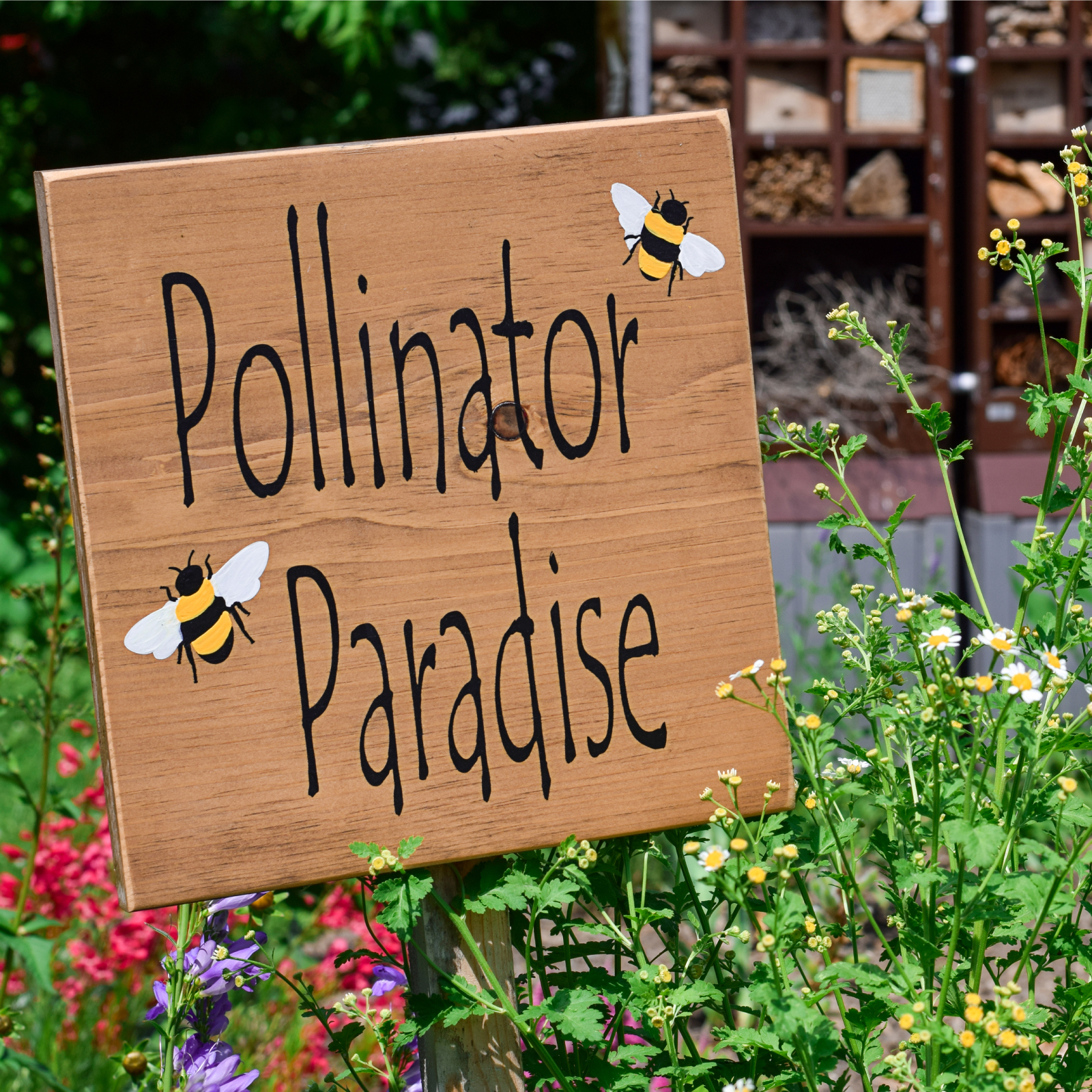Growing Lettuce Indoors Under Lights

Here in northern Ohio, the outdoor growing season grinds to a halt with the first killing frost or freeze in the fall. While I don't miss the labor involved with outdoor gardening, I do miss the fresh veggies my garden provides. For this, I've turned to growing vegetables indoors in winter.
The Problem with Growing Vegetables Indoors in Winter
Over the years, I've dabbled with growing vegetables indoors in winter. From starting leafy veggies and herbs in pots to bringing potted pepper and tomato plants indoors, I've faced one major challenge: I never seem to have enough window space.
Most veggies require full sun, and only my brightest windows provide the necessary six to eight hours of direct sunlight during the dead of winter. This drastically limited what I could grow. I realized my best option was to use artificial lighting to grow vegetables indoors in winter.
Finding Light to Grow Vegetables Indoors in Winter
Several years ago, I made an indoor garden shelf for starting my garden veggie seedlings. It was both simple and inexpensive to build. And although it takes up miminal space in my house, it was pretty much sitting idle nine months of the year.
Then, I had an epiphany. I had been quite successful starting my own seedlings. Why not use this shelf for growing small plants like herbs, lettuce and microgreens? Turns out, growing lettuce indoors under lights is not that difficult.
Using my indoor garden shelf for leafy greens and herbs has freed up window space for my bigger plants. And even though I still struggle to grow tomato and pepper plants in the house over the winter, I've found my seed-starting shelf works great for growing lettuce.
How to Build an Indoor Garden Shelf
I constructed my indoor garden shelf using these materials:
Gardening tips, videos, info and more delivered right to your inbox!
Sign up for the Gardening Know How newsletter today and receive a free copy of our e-book "How to Grow Delicious Tomatoes".
- (2) 24 inch (61 cm.) wide wire shelving units.
- (6) two bulb, 4 foot (1.2 m.) long fluorescent fixtures with hanging chains and hooks
- (12) 5500K aquarium fluorescent grow bulbs (must fit the fixtures)
- (1) power strip
- (1) Timer
After assembling the shelving units, I placed them next to each other. I then suspended two light fixtures down the length of each of the top three shelves. Next, I carefully inserted the flourescent light bulbs. The light fixtures plug into the power strip and are controlled by the timer.
Although I can change the distance between the lights and the plants by adjusting either the length of chain holding the lights or raising or lowering the shelf, I find it much easier to set the shelves at different heights. When the plants grow too big for one shelf, I simply move them to another shelf.
Moving the lettuce to a taller shelf is also a wonderful reminder that it's time to sow another successive crop. This way, I have lettuce all winter long. And by the time I need the indoor garden shelf for starting my garden seedlings, it's almost time to plant lettuce outdoors!

Laura Miller has been gardening all her life. Holding a degree in Biology, Nutrition, and Agriculture, Laura's area of expertise is vegetables, herbs, and all things edible. She lives in Ohio.
-
 What Is A Pollinator Garden? Grow Gorgeous Blooms While Benefiting Your Local Ecosystem
What Is A Pollinator Garden? Grow Gorgeous Blooms While Benefiting Your Local EcosystemPollinator gardens look great and also provide a diverse ecosystem that benefits your local pollinating insects and animals. Get started today with this guide!
By Bonnie L. Grant
-
 5 Tough Urban Trees That Thrive In Cities – Top Picks For Urban & Suburban Landscapes
5 Tough Urban Trees That Thrive In Cities – Top Picks For Urban & Suburban LandscapesExplore the best urban trees that will add value to even the most challenging of landscapes. Get growing with these ideas and enjoy all the benefits of trees.
By Teo Spengler